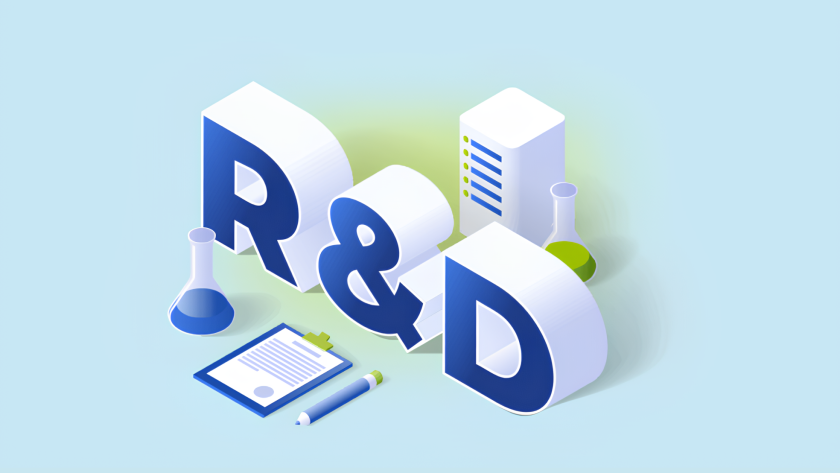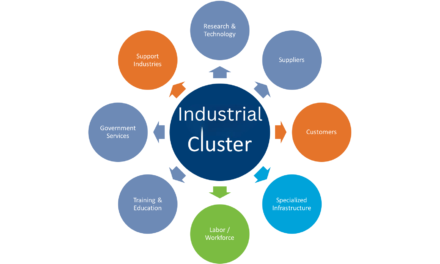R&D is actively addressing environmental challenges in the leather industry, focusing on several key areas:
1. Cleaner Production Processes:
- Reduced Chemical Usage: Research is focused on developing and implementing cleaner production technologies that minimize the use of harmful chemicals in the tanning process. This includes exploring alternative tanning agents, such as plant-based tannins and enzyme-based processes.
- Water Efficiency: R&D aims to improve water efficiency in leather processing through technologies like water recycling systems, closed-loop processes, and the development of more water-efficient tanning methods.
- Waste Reduction: Research is being conducted to minimize waste generation at various stages of the leather production process, including through optimizing raw material utilization, reducing trim waste, and implementing lean manufacturing practices.
2. Pollution Control Technologies:
- Wastewater Treatment: R&D is focused on developing and implementing advanced wastewater treatment technologies to remove pollutants like chromium, sulfides, and organic matter from tannery effluents before they are discharged into water bodies. This includes technologies like membrane filtration, reverse osmosis, and biological treatment processes.
- Air Pollution Control: Research is being conducted to develop and implement technologies to control air emissions from leather processing facilities, such as those generated from combustion processes and the use of certain chemicals.
3. Resource Recovery:
- Chromium Recovery: R&D is focused on developing technologies to recover chromium from tanning effluents, reducing the demand for new chromium and minimizing environmental impact.
- Water Recovery: Technologies like membrane filtration and reverse osmosis are being used to recover water from wastewater, reducing water consumption and minimizing the discharge of pollutants.
4. Sustainable Materials:
- Bio-based Materials: Research is being conducted to develop and commercialize bio-based materials that can replace or supplement traditional leather, such as those derived from plants, fungi, and other renewable sources.
- Recycled Materials: R&D is focused on developing technologies to recycle and reuse leather waste, such as shavings, trimmings, and sludge, in various applications, including the production of leather meal, biofertilizers, and soil conditioners.
These R&D efforts are crucial for the sustainable development of the leather industry, enabling it to minimize its environmental impact, reduce its reliance on harmful chemicals, and promote resource efficiency. By embracing these advancements, the leather industry can contribute to a more sustainable future.







